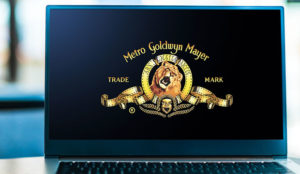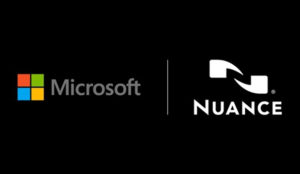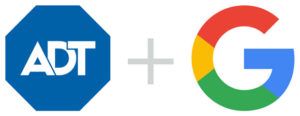Google has teamed up with Intel to target the corporate market with its Glass eyewear, and it will use an Intel processor in the next iteration of the device instead of the Texas Instruments dual-core 4430 OMAP it now uses, according to The Wall Street Journal.
The partnership makes sense, given that Glass has failed to make much headway in the consumer market.
About two-thirds of more than 1,700 people Glass Almanac surveyed online in July were not interested in Google Glass.
A follow-up survey of 970 adults in the United States conducted by Glass Almanac in August found that nearly half of them didn’t know what Google Glass was.
Google apparently has seen the writing on the Glass wall. Just a couple of weeks ago, Glass Almanac founder Matt McGee told E-Commerce Times sister publication TechNewsWorld that Google should focus heavily on the corporate and industrial market.
“It’s a major coup for Google to get Intel, and this bodes well for them,” Ronald Gruia, a research director at Frost & Sullivan, told the E-Commerce Times, “but it doesn’t bode so well for Texas Instruments because they got replaced.”
Google’s Pas de Deux With Intel
Intel reportedly will promote Glass to hospital networks, manufacturers and other companies, as well as develop new workplace uses for the device.
The next version of Glass probably will have longer battery life — the current version’s battery lasts for up to one day.
Power conservation will be one of the main features of the Intel chip to be used in the next iteration of Google Glass, said the WSJ.
“It looks like, following recent revelations that Google Glass is dead, the commitment of Intel and having a big marketing push for the device at the corporate level could change things very quickly,” Gruia said. “We’ll find out next year.”
That is when the new iteration of Google Glass with Intel inside reportedly will be released.
Focusing on Core Competency?
While Intel will focus on the enterprise and industrial markets, Google probably will continue trying to push Google Glass as a consumer device.
It has more than 300 employees working on Glass, the overwhelming majority of whom focus on consumer apps.
Still, Google has been targeting the corporate market as well, though possibly without much success. It has lined up several partners working on enterprise apps in its Glass at Work program.
These include Advanced Medical Applications; APX Labs; Skylight, an enterprise software platform for Google Glass; and Augmate, which creates custom solutions for supply chain, warehousing, logistics, distribution and retail on Google Glass.
Google continues to reach out to devs interested in becoming Glass Certified Partners, who are authorized by Glass at Work to deliver enterprise solutions for Google Glass.
Turbocharging Glass with Intel
“If Intel were to get in bed with Glass … it could be a pretty big deal for both the companies involved and the ecosystem as a whole,” said Ryan Martin, an analyst at 451 Research.
“There’s no denying that Intel has been far from shy when it comes to executing strategic wearable tech investments,” he told the E-Commerce Times.
Intel last year invested in Recon Instruments, for example, and this year acquired Basis Science, noted Martin.
Recon makes a heads-up display for sports use, and Intel probably will continue investing in that company, Gruia remarked.
Intel will “improve processing power, battery life and form factor constraints” for Android-powered wearables, Martin suggested.
There are several competitors in the wearable optical field, including Oculus Rift, but Intel “sees Google as the leader in terms of mindshare and early adopters,” Gruia said.
Intel itself offers wearables, having unveiled MICA, My Intelligent Communication Accessory,in September. MICA is a bracelet that provides access to text messages, Yelp, Facebook, Google Calendar and Gmail notifications.
MICA, which will be available early this month at select outlets for $US500, comes with a prepaid two-year AT&T wireless contract.
























































People who have read "The Innovator’s Dilemma" by Clayton Christensen would have recognized Google’s mis-step immediately.
It is the same reason why we advised Lytros (light-field camera maker) to not go after the consumer market with their initial product.
If you are thinking about disruptive tech and its effect on the market…take a look here first to learn from others who have already made the avoidable mistakes:
http://www.rainydaymagazine.com/RDM2013/Home/January/Week4/RDMHomeJan2113.htm#DisruptiveTech